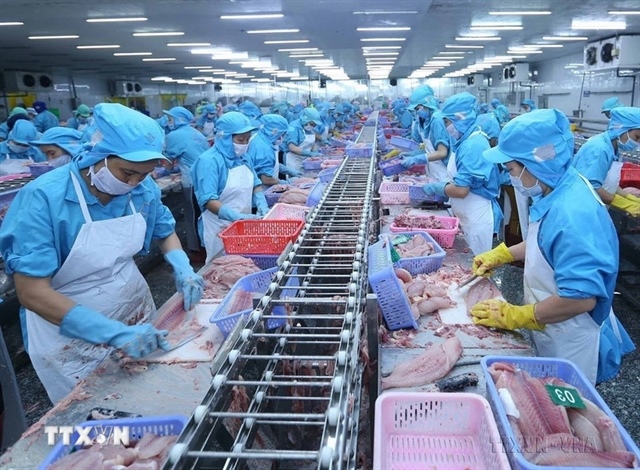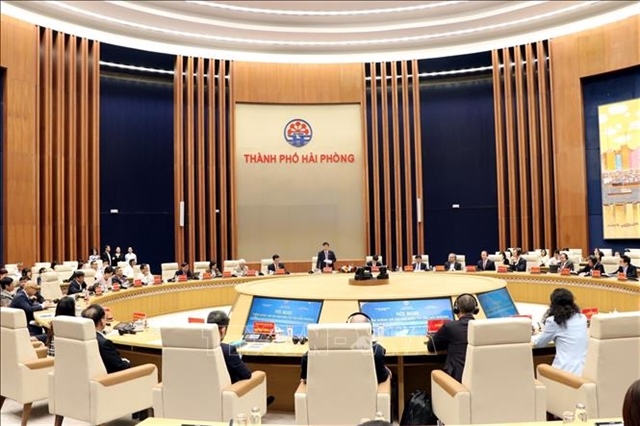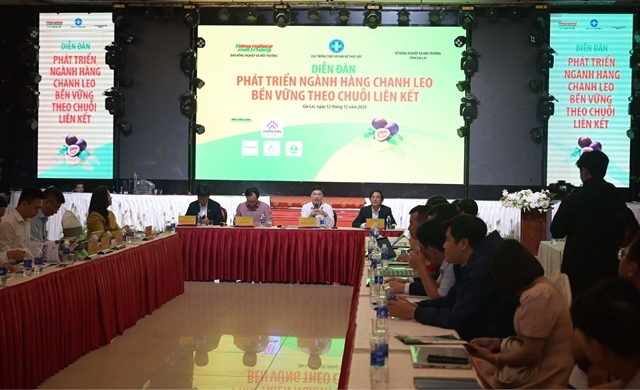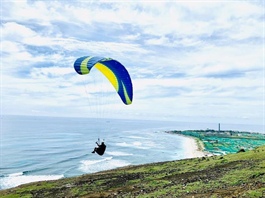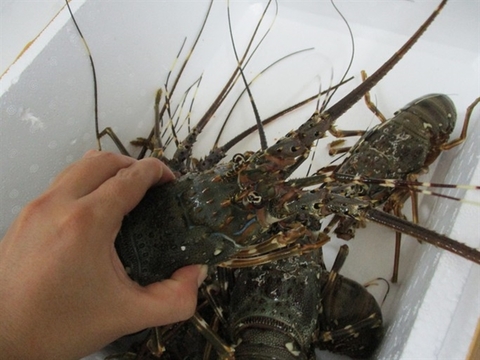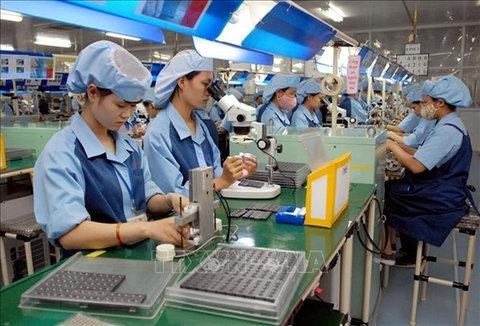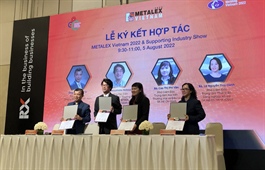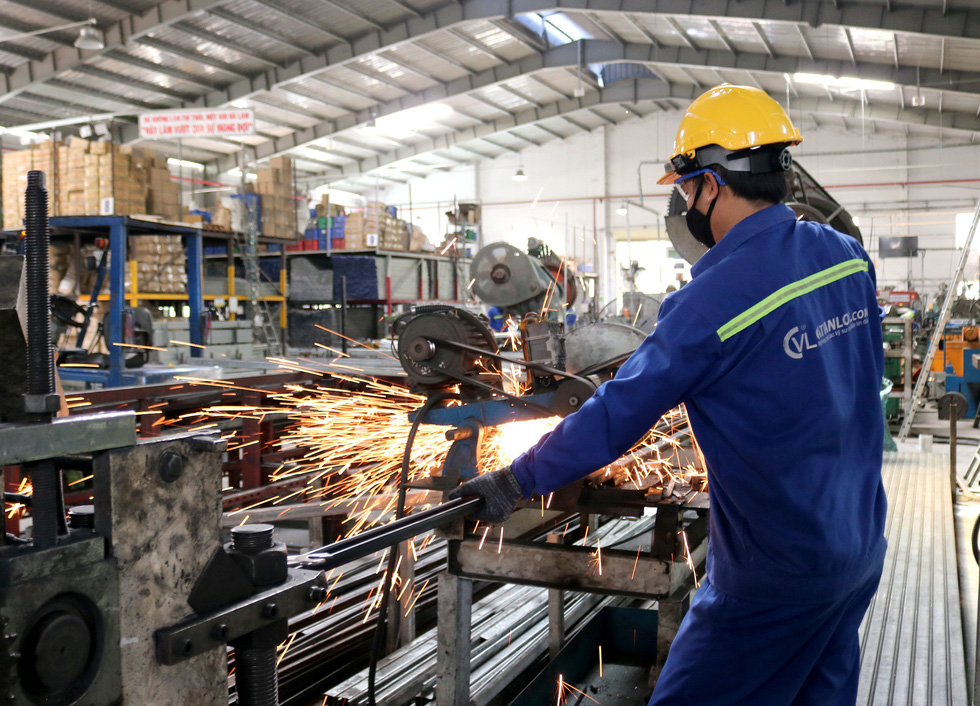Vietnamese exports to Nordic markets thrive
Vietnamese exports to Nordic markets thrive
Vietnamese seafood, rice, textiles, and leather and footwear sell well in Nordic markets. According to the Vietnam Trade Office in Sweden, concurrently in Denmark, Norway, Iceland, and Latvia, Vietnamese tra fish has become one of the best sellers in the Nordic bloc market.
General Department of Vietnam Customs’ data showed that the bilateral trade reached US$1.03 billion in the first four months of 2022 (up 15 percent from the same period of 2021), including US$689.13 million worth of Vietnamese exports (up 19.2 percent) and US$342.16 million worth of Vietnamese imports (up 7.3 percent).
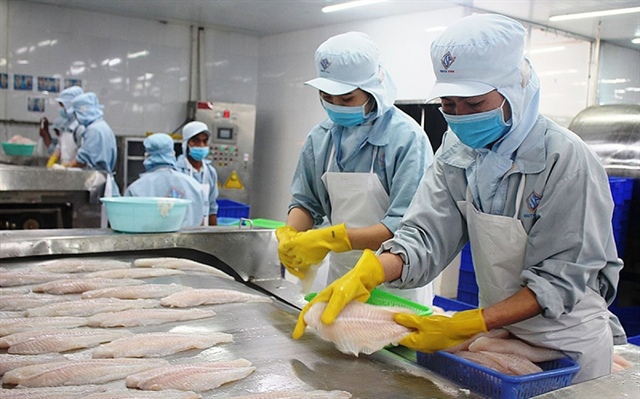
Tra fish exports are projected to surge by a whopping 97 percent year-on-year in the first five months of 2022, reaching US$1.1 billion |
Nguyen Thi Hoang Thuy, Head of the Vietnam Trade Office in Sweden, concurrently in Denmark, Norway, Iceland, and Latvia, said Nordic enterprises generally bought Japonica rice from Spain, Italy, Japan and the US, and were excited to discover they could import a similar product with similar quality from Vietnam at a one-third to one half less.
Foreign trade accounts for 50-60 percent of the Nordic bloc’s gross domestic product (GDP). Despite their small population, Nordic countries made an impressive import value because their natural resources are limited, the weather is unfavorable and labor costs are high. This offers opportunities for Vietnamese exporters.
The EU-Vietnam Free Trade Agreement (EVFTA), which took effect on August 1, 2020, offers many opportunities for Vietnamese businesses to boost exports to the EU in general and Nordic markets in particular. The US-China trade war, COVID-19 and the Russian-Ukraine conflict have all prompted Nordic and other countries to reduce their dependence on certain traditional markets, and diversify supply sources and markets.
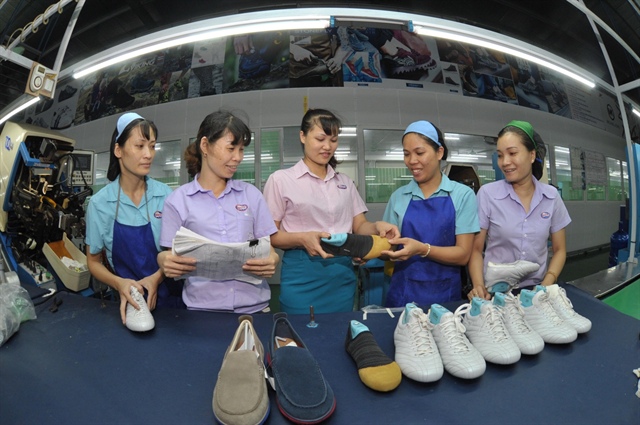
It is necessary to strengthen trade promotion in order to increase the presence of Vietnamese goods in Nordic markets |
Despite the advantages of EVFTA, promoting exports to the Nordic market will be much more difficult than to EU countries that have much larger populations and are located in the center of Europe. Vietnamese enterprises usually bring goods to the Nordic market through large intermediary importers in Germany, France, Belgium, the Netherlands, and Poland. Further development of the Nordic market will therefore require new orientation and approach.
Thuy said it is necessary to strengthen trade promotion in order to increase the presence of Vietnamese goods in Nordic markets.
Nordic retailers operate around the world in different fields of food, household appliances, handicrafts, and fine arts, among others. Vietnamese enterprises can supply goods to these retailers and encourage them to invest in high-quality export-serving industries in Vietnam, luring corporations with global distribution networks in order to increase exports to Nordic countries and other markets.
| Denmark's LEGO Group recently poured a green investment worth over US$1.3 billion into Vietnam, promising future increases in Vietnam’s exports. |


